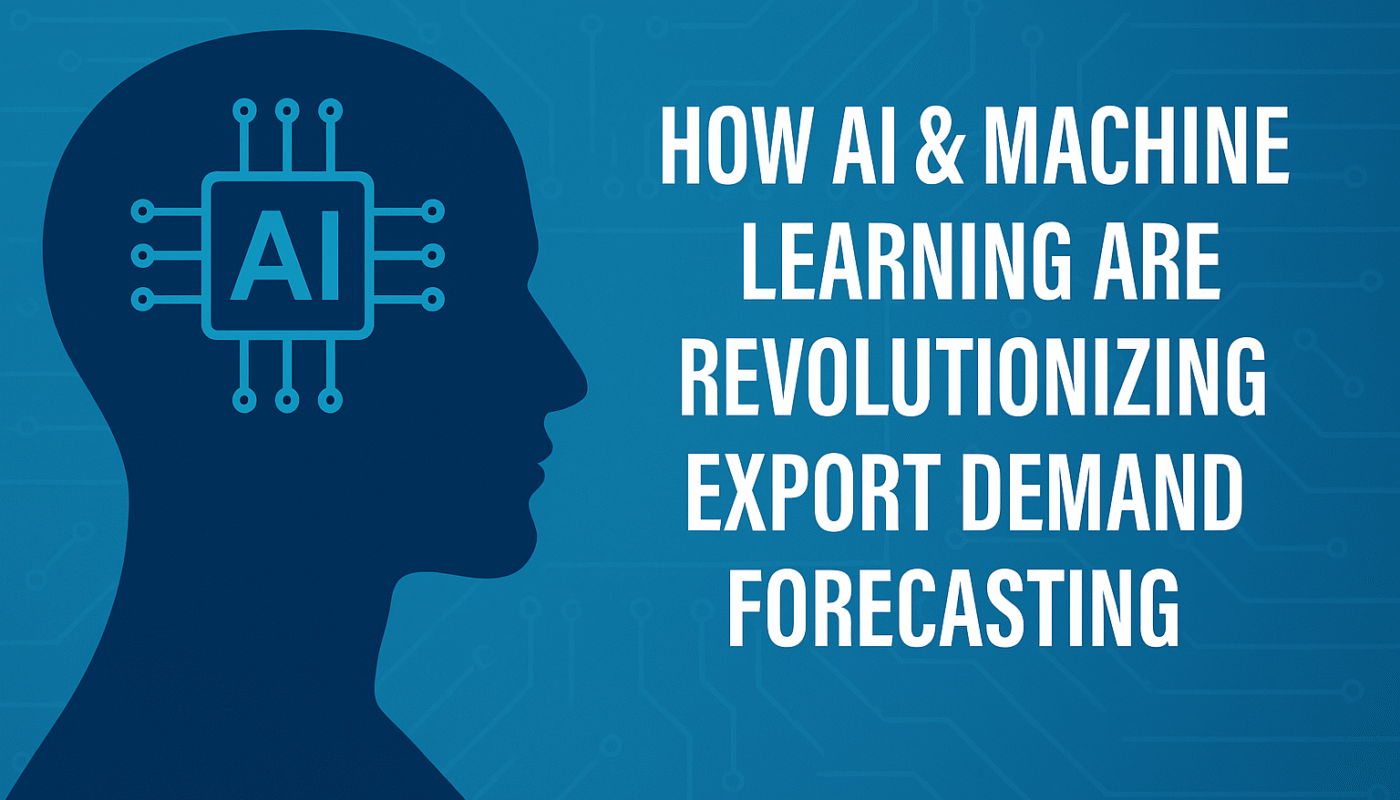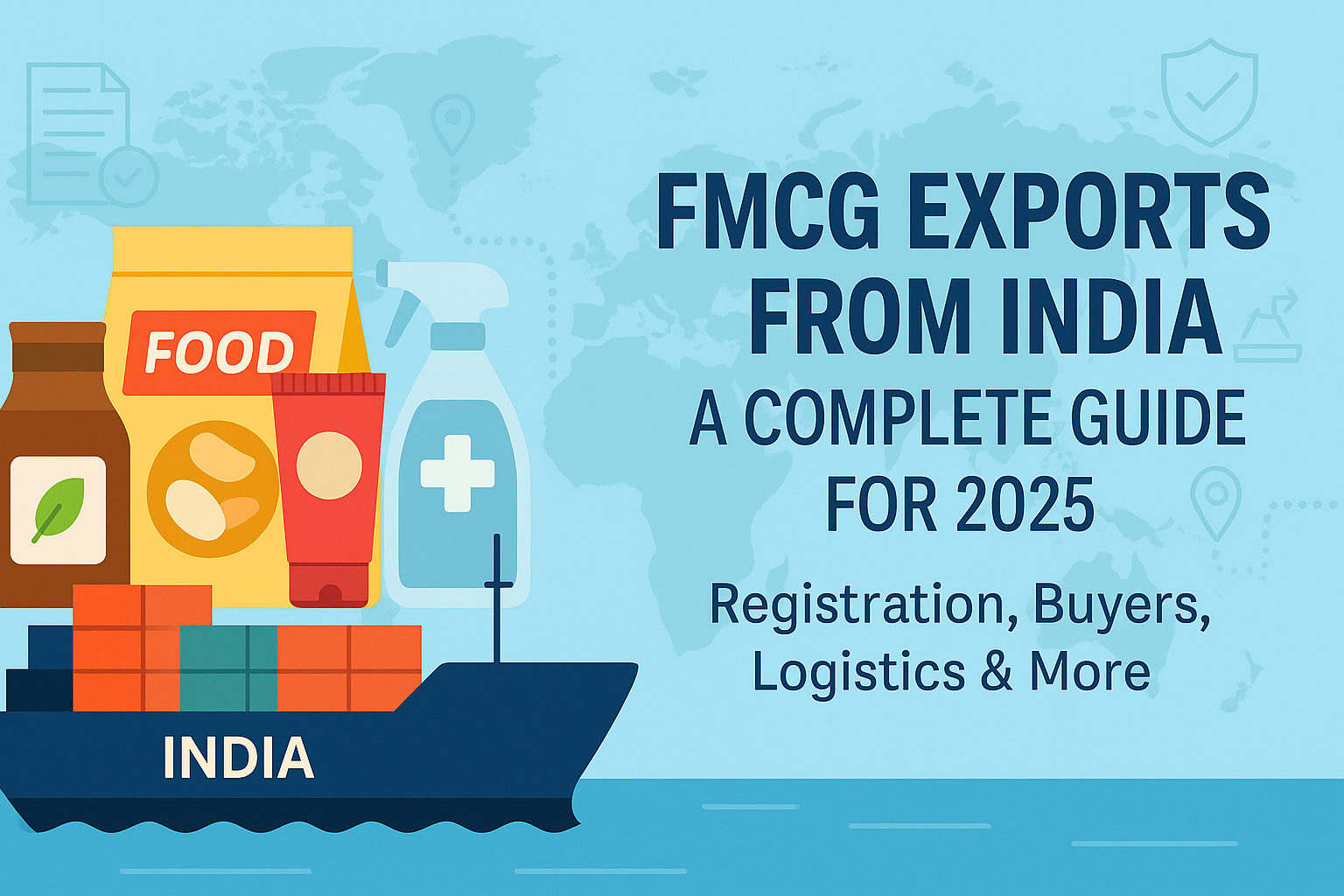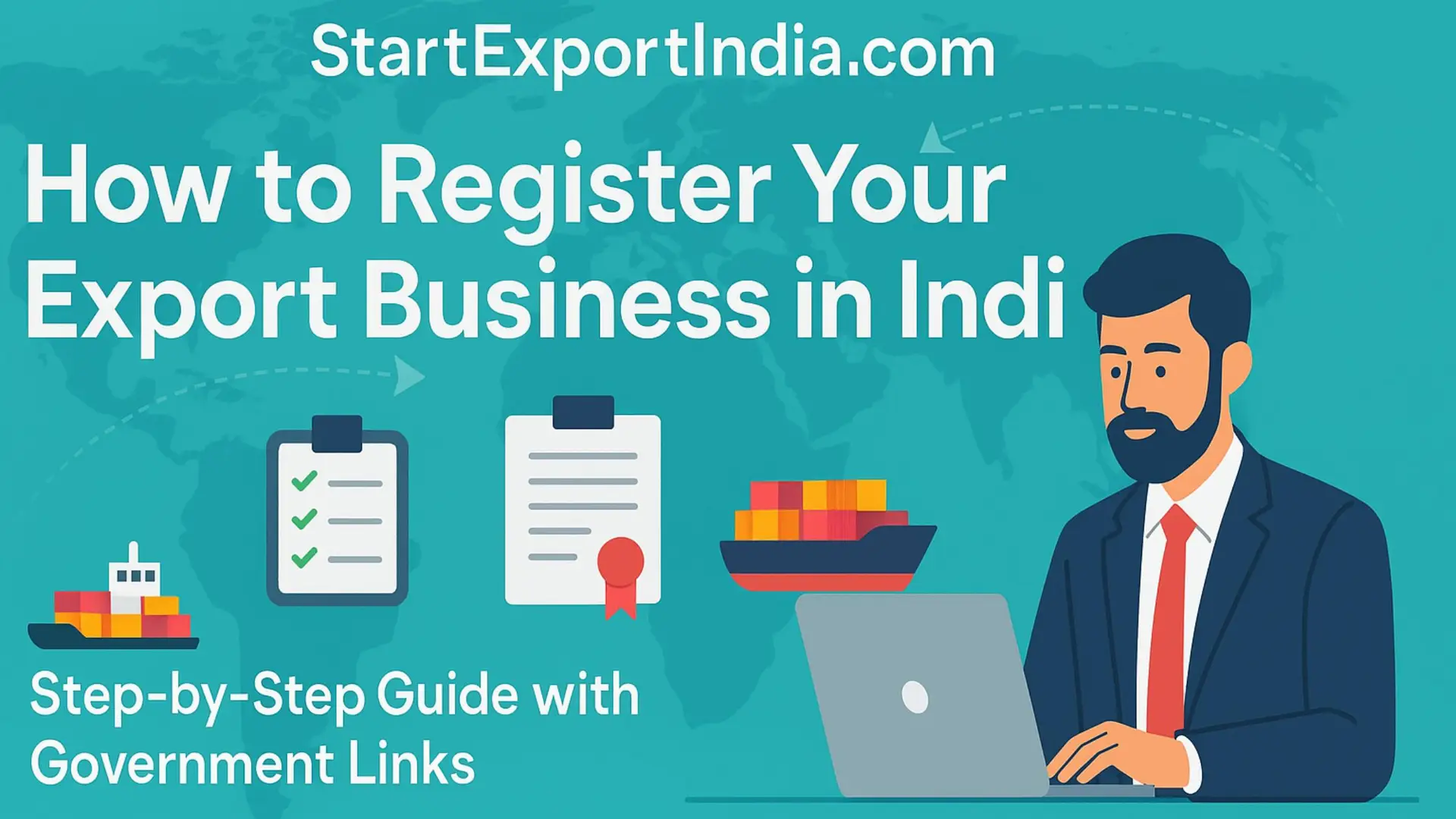In a rapidly globalizing world, the success of an exporter no longer depends solely on intuition or past trends. Today, Artificial Intelligence (AI) and Machine Learning (ML) are playing a transformative role in helping Indian exporters make smarter, faster, and more data-driven decisions. Among their most powerful applications is demand forecasting — the ability to predict what your international buyers will want, when they’ll want it, and in what quantity.
Let’s explore how these technologies are changing the way Indian exporters operate — and how you can leverage them to stay ahead of the competition.
Why Traditional Forecasting Is No Longer Enough
Until recently, most exporters relied on gut feeling, past orders, and simple spreadsheets to forecast demand. While that may have worked in relatively stable times, the new world of trade is highly dynamic and influenced by real-time shifts.
Here’s why traditional methods are falling short:
- They depend too much on historical data.
- They can’t quickly adapt to sudden changes in buyer behavior or global disruptions.
- They don’t factor in broader signals like weather, geopolitical shifts, or market sentiment from news and social media.
This is where AI and machine learning offer a smarter alternative.
What Is AI-Powered Demand Forecasting?
AI-powered demand forecasting uses algorithms that can learn from large and diverse datasets. These tools don’t just look at your past sales — they continuously adapt based on new data such as:
- Online buyer search trends
- Market sentiment from global news and social media
- Weather patterns affecting agricultural or perishables exports
- Currency exchange fluctuations
- Real-time commodity pricing
AI can turn these insights into accurate forecasts, helping exporters take proactive decisions.
Key Benefits for Indian Exporters
- Higher Accuracy: AI continuously updates itself using real-time data, improving forecast precision over time.
- Better Inventory Planning: Exporters can avoid stockouts or excess production, reducing waste and storage costs.
- Efficient Logistics: Forecasting helps align production cycles with shipping schedules, container availability, and port delays.
- Faster Decision-Making: Automated alerts and dashboards reduce the time needed to analyze trends manually.
- Stronger Negotiation Power: Better forecasting helps you negotiate with suppliers, shipping lines, and buyers with confidence.
Real-Life Use Cases
Here are some practical examples of how AI is helping Indian exporters:
- A spice exporter from Kerala used AI tools like Google Trends and trade data to predict a surge in turmeric demand during Ramadan in the Middle East.
- A textile manufacturer in Gujarat analyzed post-COVID fashion trends in Europe using AI-powered sentiment analysis tools to decide fabric types and quantities.
- A frozen food exporter leveraged predictive weather models and congestion data from port APIs to plan reefer container movements in advance, reducing spoilage risk.
These success stories highlight the real-world value of AI — it’s not just theory.
Tools You Can Use Today
You don’t need to be a tech giant to start using AI. Here are some tools you can explore:
- Google Trends + ChatGPT: Useful for quick market research and export content generation.
- Prevedere: Offers AI demand forecasting using macroeconomic data.
- TradeAlytics.ai: Designed specifically for trade and export analytics.
- Microsoft Dynamics AI: Includes built-in forecasting for ERP users.
- Custom Python Models: Tools like Prophet and Pandas can be used if you have in-house tech support.
Start small — even using a free tool can make a big difference.
What Are the Challenges?
Of course, adopting AI also comes with challenges:
- Data Quality: Poor input data can lead to inaccurate forecasts.
- Learning Curve: Some tools require training or expert support.
- Cost: Advanced platforms may require subscription or implementation fees.
- Over-Reliance: AI should support—not replace—human judgment.
- Data Security: Exporters must ensure compliance with data privacy laws when handling buyer or partner data.
Approach AI adoption in phases and consult experts if needed.
What’s Next: The Future of AI in Exporting
AI is evolving fast. Here’s what to expect in the near future:
- Prescriptive Forecasting: AI won’t just predict demand — it will suggest actions (e.g., “ship to Rotterdam instead of Hamburg due to upcoming congestion”).
- Integration with IoT and Blockchain: Real-time data from sensors and traceability chains will feed into AI for even smarter forecasting.
- Risk Mitigation: AI will provide alerts on weather, geopolitical events, or economic downturns, allowing exporters to pivot quickly.
Exporting is becoming smarter. The question is — are you ready for it?
Conclusion
AI and machine learning are no longer futuristic concepts — they’re practical tools that can revolutionize your export business. Whether you’re exporting spices, garments, machinery, or frozen food, demand forecasting is the key to minimizing risks and maximizing profits.
You don’t need to start big. Begin with small tools like Google Trends or seek expert guidance to choose the right platform for your needs. With AI, you can move from guesswork to strategy — and from reactive to predictive exports.
Want Help Integrating AI into Your Export Strategy?
👉 Need help identifying the right forecasting tools or training your export team?
📞 Contact our export consultants or explore our digital resources and courses at www.startexportindia.com.



